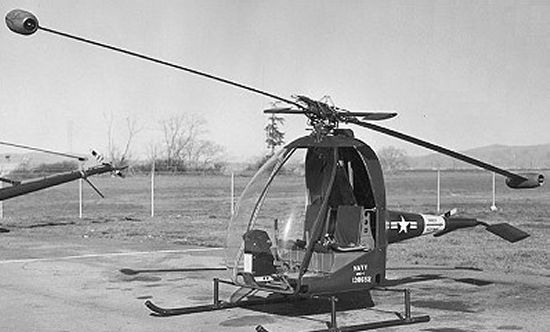Spending a pound,by going for the idea of ineffective VTOL aircraft carriers again,to save a penny in building 'proper' ones.It would be interesting to find out how much was saved by scrapping the Ark Royal and Eagle and their Phantom force v the costs of lost ships during the Falklands War.
But I think the Argies don't have too much to worry about even if they wait until we've built our new frisby carriers and we probably won't be able to rely on Chile's help this time either.Although having said that the new carriers seem to have catapult and arrester capability designed into them which then just leaves the question of what type of 'proper' aircraft would they be supplied with assuming that the government will be clever enough to just use that capability instead and forget about using the F 35.
But the Harrier is no loss considering it's non existent air superiority capabilities.
http://en.wikipedia....ntine_Air_Force
Even with a proper deck and catapult/arrestor systems, the Royal Navy has limited choices for western naval fighters. The Rafael, the F-35C, or the F-18E/F.
As for the Argies gaining air superiority over the "Malvinas", it's not likely. They currently have no carriers, and the only fighters they have with enough range to reach the Falklands are a few older Mirage III's.
It's truly sad how far the once mighty Royal Navy has tumbled. Their sailors are even defenseless against the Iranian navy.
slider





















